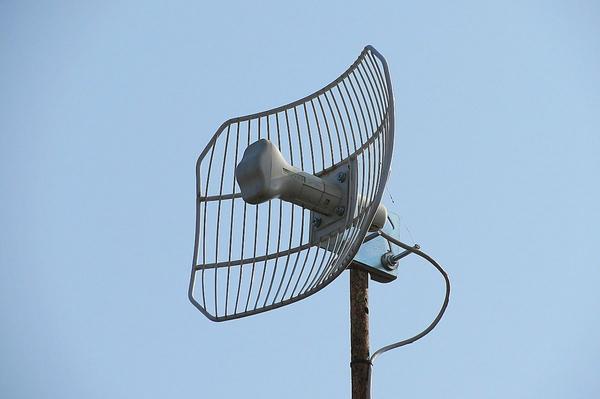4G vs wimax vs satellite, what the Internet is better for rural areas
Internet access from rural areas remains the pending subject of most autonomous communities and network operators.Today, the three solutions to which we can resort to a more or less stable connection to the network are based on wireless technologies, namely Wimax, 4G and the Internet per satellite.Each of these technologies presents a series of advantages and disadvantages with respect to its counterpart.But what kind of internet is better?We see it.
4G internet, availability and price as the main advantage
The Internet through the 4G connection makes use of the same network to which we can connect from our mobile phones.This type of connection is supplied through the antennaAutonomous.
Router with 4G technology.
This is precisely one of the great advantages of 4G compared to the rest of wireless technologies.Being an infrastructure that has been developed during the last decade, the availability of the network in rural areas is much greater.In fact, most operators offer rates for rural or field areas, with a more or less wide bandwidth and no data limit.We can also opt for the "without limit" rates offered by some operators, although the hiring conditions are usually different (limitation of heavy files, responsible use of the network ...).
Another of the advantages that the 4G network has is that it does not require a complex installation, since only one router or a mobile phone is required to make access bridge and send the signal to other devices.With regard to the speed and stability of the network, the service depends entirely on the orography and the distance that we find with respect to the nearest antenna and not so much of the weather conditions, as with other technologies.
Through the coverage maps that companies such as Vodafone, Movistar and Orange make available to users we can get an idea of the connection conditions in our area.The recommended before hiring the service is to take a look at these maps to know the network situation in our province.
Wimax Internet, speed and bandwidth at stability coast

As indicated by its own name, the Internet through Wimax technology is supplied through microwave, that is, electromagnetic waves that travel from the emission point (emission antenna) to the receipt point (receiving antenna).This is the reason why at least one antenna is required to obtain a stable Internet connection.
Antenna used to connect internet via Wimax.
Due to the nature of technology, most operators who offer this type of services usually correspond to local companies, since they are the ones that carry out the installation of the different antennas along a certain area.In fact, the scope of this type of antennas usually reaches 30 kilometers if it is directly oriented to the receiving antenna.
If we focus on the advantages of Wimax technology, the main and more differential is found in bandwidening and bandwidth, with figures up to 30 and 50 Mbps in some cases, bringing the experience to that of fiber optics.Bandwidth and latency also usually have figures closer to what a cable connection offers.Unfortunately, the stability of the network is diminished by adverse weather conditions: a simple drizzle, a gust of watching or a hailstorm can seriously affect the Internet connection, usually by the diversion of the antenna.
The second disadvantage that the Wimax network involves with respect to a conventional 4G network has been precisely in the type of installation, since it requires an antenna with its corresponding router to work, with all the expenses that this entails.And it is usually the monthly cost of this type of connections is usually higher, since it requires a series of more expensive infrastructure.
Satellite internet, greater availability and coverage (but at high cost)
For a while to this part, the Internet through satellite has been popularized over the last years, especially with the arrival of Starlink, Elon Musk's solution to connect to rural or difficult access areas.
Satellite dish.
The operation of this technology is similar to the operation of Wimax technology, while an antenna is required to obtain Internet connection.The difference lies precisely in the type of antenna, since in this case we are faced with parabolic antennas, which are generally much more expensive than the antennas with point to point connection.And it is at this point where its greatest disadvantage is located, since the monthly fee is usually much higher than that of rates with 4G or internet networks via Wimax.
As for the speed of the satellite Internet, the figures are similar to those that we find with Wimax technology, so the experience is similar to that of an ADSL or fiber optic cable network.Of course, by the own physical distance of the antenna to the emission source, latency is usually much higher, something that can affect the gameplay of certain online titles.To this we must add that they have limited navigation, generally exceeding 100, 150 or 200 GB.
Another point to highlight satellite technology is related to the availability of the network.When depending on satellites, the access map is much broader, while most territories can take advantage of this type of connections.The problem is that they can suffer congestions when the network is saturated with the simultaneous connection of other users, as well as the weather conditions, which can affect the location of the parabolic antenna.
Receive our news
From Monday to Friday we send a newsletter with the headlines of the day to +4,000 subscribers
I Will Never Give Away, Trade Or Sell Your Email Address.You can Unsubscribe at Any Time.








